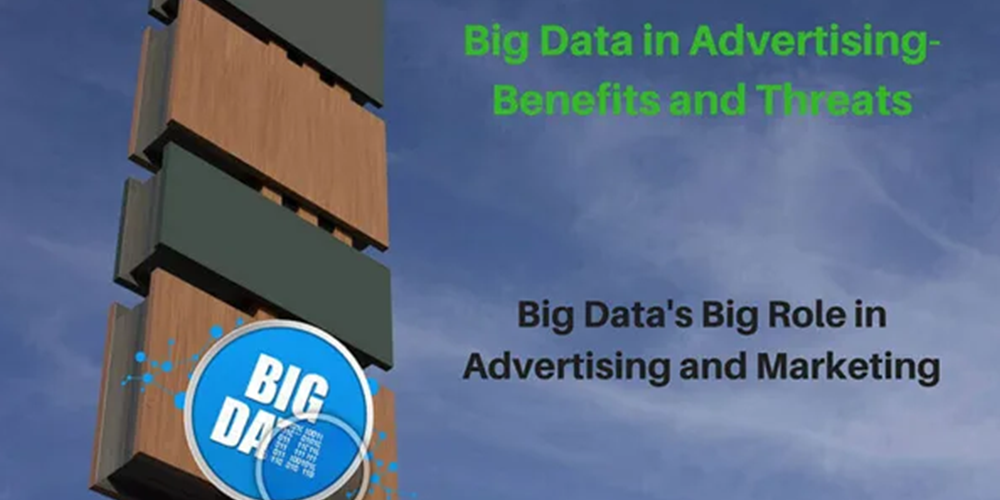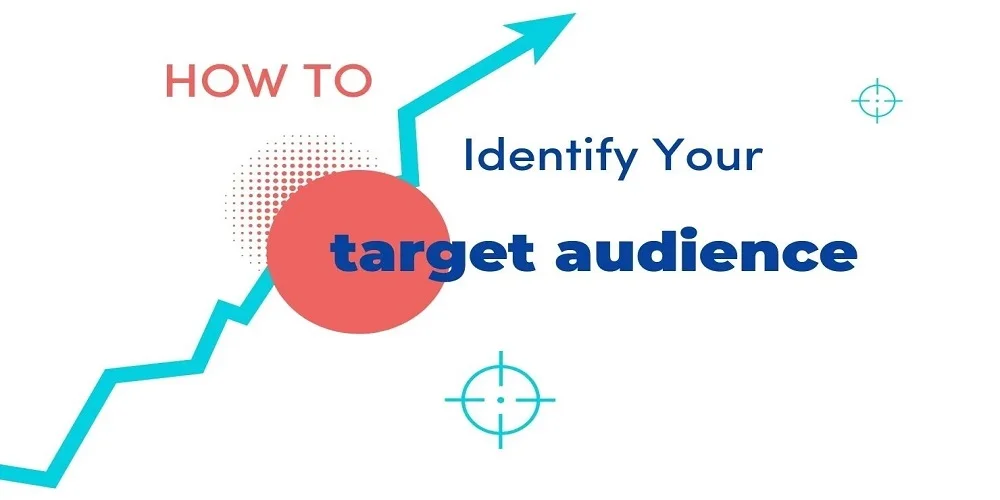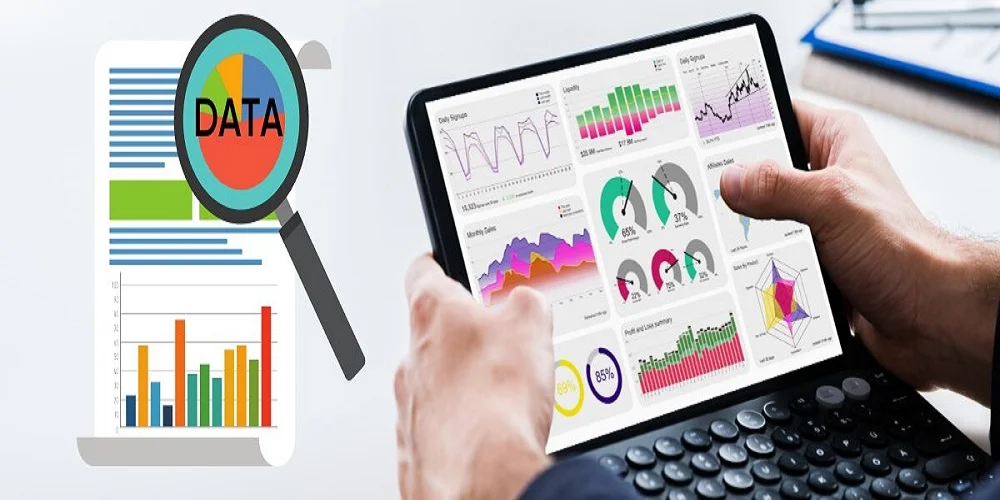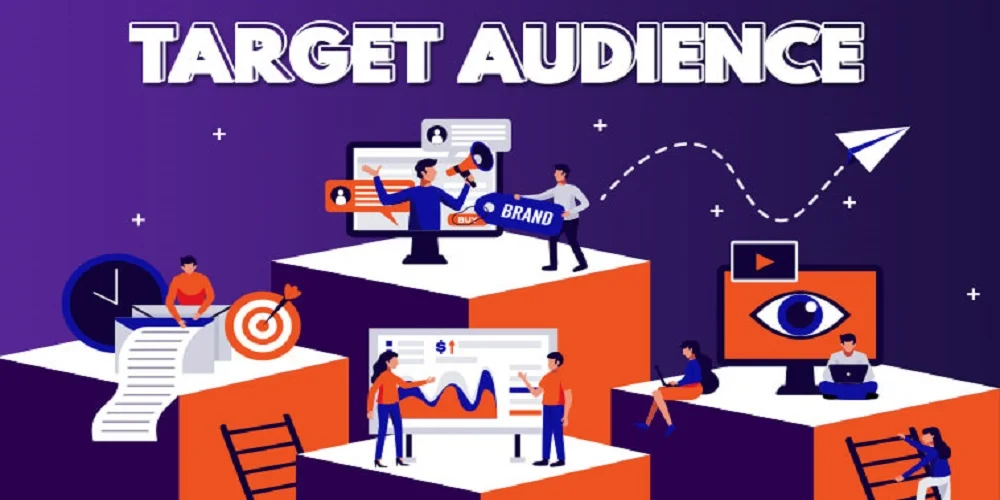
I. Introduction
Marketing and advertising agencies are now embracing the Big Data technology for all glory in personalized marketing campaigns. With the use of Big Data in delivering targeted ads and purchase recommendations, the marketing and advertising companies are planning out the future of the technology in the marketing space. The bad news, however, is that even after companies get their hands on the right data, they are yet in a fix on how to use it for their advantage, and for the ultimate benefit of the buyer.
As an advertiser, you may have noticed how Google actively uses data analysis to push their strategies forward. This digi-giant is consuming Big Data to leverage its strength in the world 24x7. You can imagine how much it can make a difference to your company’s advertising plans.
Big Data is intensifying all over the sphere, and there is nothing newer to add to its advantages. However, for the marketing industry, that is struggling to attract consideration, it is a game-changer. By the start of 2025, it will be the key driver for marketing and sales teams.
Are you interested in knowing how it can virtually transform your agency’s fortunes? You do not even have to be a tech giant like Google to move northwards. Keep a few points in mind to be the differentiating factor. We break down the essentials for a strong takeaway.
Designing successful digital advertising strategies and campaigns
To design efficient advertising campaigns, the advertisers must collect and analyze a wide variety of data. The data has to be gathered from both internal and external sources, including the unstructured data. Different forms of data, like, social media posts, images, videos etc. are collected. Using tools like an online video editor can enhance the quality and engagement of your video content, making your campaigns more compelling. The digital advertisers get a chance to gain valuable big data insights. These insights not only improve marketing decisions but also guide specific areas like pay-per-click advertising for MSPs, optimizing their strategies to attract high-quality leads. By leveraging data-backed saas ppc services, agencies can drive more efficient ad spend and generate measurable results for SaaS clients.
The 7 critical ways big data is growing and rapidly increasing the market size in advertising digital agencies can benefit from are:
1. Branding campaigns
2. Social media ads for target audiences
3. Competitor analysis
4. Sentiment or emotional analysis
5. Mobile Marketing
6. Marketing and launching of products
7. Overall customer insights
II. Analysis of Big Data is a game changer
Digital analytics plays a pivotal role in creating a win-win situation by analyzing data to reveal user behavior patterns. So that the companies can send their prospective customers with targeted buying recommendations and so that the users get what they want easily and in a hassle-free way. However, the use of data still remains a challenge for these companies.
Another great challenge that looms over the marketing and advertising companies, pertains to the security of the data collected. Most users have no problems when the data is collected through their social media profiles and used by the companies it is intended for, with the user's knowledge that their data is being used. But, when it comes to the selling of the data by the authorized companies to others, there comes an issue of data security.
Big data comes in an unstructured or organized format through various methods. Traditional database used to emerge from search engines. However, by the time the data was usable, it would turn stale or useless. Today, real-time analytics boost a campaign’s performance.
For example, a brand communication or message releases on social media platforms. Today, a company can test the waters with 2-3 platforms and check if it is performing. Real-time comments, reactions, and interactions sway the brand’s image. A marketing team has an opportunity to do damage control before it escalates negatively for the organization. In the same manner, number of digital platforms can be increased if the communication is going great.
What each company needs to do is to seize the opportunity to use big data. Technical analysis and IT teams are a huge support to provide overall customer insights. It will also bring proof of what customers like or dislike about your company. Big data is largely growing in market size for advertising as it enables:
- Making predictive Analysis to help your clients have a positive image amongst their stakeholders and customers. Statistics and figures help in forecasting the future. You can work towards problem-solving and not struggle with ‘why a customer is rejecting or ignoring your communication.’
- Descriptive evaluation can help your agency to understand what has not worked in the past. So handling a new account is easier and trends can be discussed to move forward.
A. Big Data's Big Role in Advertising and Marketing
Detect Target Audience’s Pattern

With highly genuine data captured from across social media channels and platforms, companies are able to match the user's behavior and detect a pattern of their sentiments regarding a product or service. This, in turn, allows these companies to successfully create and execute targeted campaigns that can achieve high sales and ROI for the marketing companies.
Find Interest of the Customers using Digital Data

A consumer's digital footprint is the asset most companies want to utilize for precise marketing. A Google search, a Facebook like, or even engagement with a reddit agency can help companies identify a person’s interests. Enterprises can then target recommendations to users to help them discover the products or services they are interested in.
Curate Creative, Customized and Charismatic Communications using Insights

Within online communities, Big Data can steer the wheel of growth and insights for an organization, as it yields highly informative patterns about each user's searches, their opinions, their needs, etc. With the right Big Data strategy, companies can fetch the gold out of waste. Based on the insights, the companies can design much more impactful communications. The businesses would be able to strike a chord with the audience as their messaging will contain personalized details. Therefore, the customers and audience will be able to understand the communication more clearly. Hence, the chances of lead generation and conversion of leads into customers are higher.
The Big Data market size is forecast to almost reach 41 billion U.S. dollars this year, up from about 33.5 billion U.S. dollars in 2017. The potential is exponentially increasing, and companies are getting onboard the Big Data boat.
B. All About Security and Privacy – The Need of the Hour
Consumers are necessarily bothered by the impact this information sharing, and data accumulations will have on their privacy. Companies are now recognizing that there needs to be maintained a balance between the strife for customer personalized recommendations and marketing campaigns and the issue of data privacy.
Most consumers today need that their data be secured and remain private to a handful of companies they trust in. Losing their trust and loyalty will cause companies dearly. And therefore, a balance is essential between the convenience of data personalization and the crucial issue of data privacy.
Security Should be prioritized
It is believed that security can promote privacy. With the use of measures such as cryptography, access control, data backups, auditing, intrusion detection, etc., the data can be prevented from breaches and compromises. Organizations need to pay heed to the fact that consumers and buyers need personalized campaigns as much as they need the privacy of their personal data to be intact.
The businesses have realized the importance of big data in advertising. Therefore, more and more companies are now planning to capitalize on the insights to curate effective and powerful advertising campaigns.
III. The Landscape of Big Data in Advertising
A. Data Collection Techniques: Internal and External Data Sources
The process of laying the appropriate groundwork for making efficient use of data analytics technologies and cultivating a data culture throughout a whole business is quite similar to learning to walk before you can run. To establish a solid foundation, companies often leverage data build tools (DBT) or DBT alternatives to streamline data transformation, integration, and orchestration, ensuring a stable and scalable data infrastructure.
There are 2 kinds of sources, internal as well as external, from which you may collect data:
1) Data that is made in the company, like sales history, customer profiles, and processes metrics, are instances of the kinds of data which is known to be internal data. This data is special to every firm and offers a wide-ranging awareness of the measures and results made by that company.
2) On the other hand, data which are collected through sources outside of the firm is known to as external data. Some of this kind of data comprise of market research lessons, data collected via social media platforms, and standards for specific industries. In gathering such data, having access to a complete list of scraping proxies can significantly enhance the efficiency of data collection processes. This data provides a larger comprehensive image and aids firms in getting thoughtful of the likings of their clients, the plans of their entrants, and unindustrialized trends in the industry.
B. Challenges in Data Utilization
1. Difficulty in Extracting Actionable Insights
In order to get practical and applicable insights from the data at hand, it is essential to confront and overcome prevalent obstacles that could limit the process. Examining huge datasets needs controlling figuring possessions and best algorithms which could go through and create sense of the data professionally. Without the correct tools and substructure in place, many firms might tussle to excerpt significant insights within a sensible timeframe. Ultimately, the conversion of relevant insights into effective strategies and choices might pose a substantial challenge.
2. Balancing Personalization with Data Privacy Concerns
On a daily basis, individuals engage in the process of selecting choices about the allocation of their resources, with an abundance of alternatives at their disposal. In a market characterized by saturation and intense competition, businesses have challenges in their efforts to acquire consumers and cultivate client loyalty. The co-operative nature of the connection among customization and confidentiality is crucial in imparting confidence among consumers about the suitable use of their private data. The job at hand includes determining the specific data which will be collected, and starting the fundamentals for gaining and using that data. Additionally, it is significant to inform persons that other parties are incapable to have access to their data.
IV. Target Audience Understanding

Matching User Behavior with Sentiments
1) Extracting sentiments from social media and online interactions
The process of reading sentiments from social media and other online interactions has evolved into a strong tool that may benefit people, organizations, and scholars alike. Sentiment analysis provides very helpful insights into public opinion, consumer feedback, and developing trends. This is done possible by the development of social media platforms and the large volume of material provided by users. In this procedure, tools for natural language processing, processes for machine learning, and approaches for data mining are leveraged in order to mechanically identify and classify the feelings that are characterized in online content. Opinion analysis offers a better considerate of the sentiments and viewpoints held by internet users, and might be used for a diversity of purposes, like measuring customer gladness, appraising political opinion, and specialist care company reputation.
2) Crafting campaigns based on customer sentiment analysis
For firms that wish to involve with their target audience on a deeper and more individual level, the creation of campaigns that are depended customer sentiment research might be a game-changer which could alter the game. Many firms are able to obtain important insights into the feelings, views, and attitudes of their consumers by employing innovative technology and data analytics. From this they are able to get a better considerate of how their target market observes and responds to the goods and services they provide. When firms are armed with this information, they are able to customize their marketing strategies to correspond with the feelings of their clients.
V. Creative Communication and Engagement
Impactful Communications through Big Data Insights
1. Crafting creative and customized messages
The way we function in our daily lives has been significantly altered by data. The present technology advancements have made it possible to store and harness the power of enormous quantities of data, which has caused a shift in the way that many businesses are operated. In order to effectively explain what their company does, what it's about, and why it's unique from competitors, marketers need to establish a complete "brand logos". Last but not least, the procedure of crafting original and personalized messaging in big data advertising is a charming one that mergers the power of data analytics with the art of messages. Because there are many data accessible, marketers can dive deeply into the demographics, tastes, and behavior of their target audiences in order to get significant insights.
2. Strengthening brand-consumer relationships through personalized communications
A customized experience for the consumer results in increased happiness and loyalty, which in turn helps to reinforce a favorable image of the brand in the customer's mind. It helps organizations achieve greater conversion rates, which is a necessary step in the sales process. In addition to this, it helps to retain clients loyal by reducing the amount of customers that leave your business. Customers who believe they are being appreciated are more likely to remain loyal to a business. Brands are able to generate targeted messages and services that connect with each consumer by exploiting customer data and applying complex analytics.
Read More: Top N words count using Big Data Hadoop MapReduce paradigm
VI. Market Trends and Growth
Current Market Size and Growth Projections
1. Overview of the current market size
Across the world there is surge in advertising and is a huge impact on creation of big data. The internet is poised to remain a dominant player for ad spend for many companies. The digital media has already taken over from television and publications to reach out to consumers. Smartphones are the latest trends to reach consumers. Mobility has captured individuals with personalized messages. The market is all set to grow in size as digital marketing paves the way. Revenues for media owners and advertising agencies show an annual growth of more than 6 % until 2028.
2. Forecasted trends and potential future developments
By the time we enter 2025, the predictions and possibilities for big data in advertising will appear to show new trends. With Augmented Reality, we are set to witness technological changes. There will be an increase in 1st party direct connections without any cookies. However, data privacy and cybersecurity will continue to top the future developments. Businesses will use IoT, AI for content and data collections. New ads will be data-driven with personalization. It can give a stranglehold to marketers to create the maximum impact for campaigns and brand communications. The key to taking advantage of data will be predictive analysis to reach customers. A combination of computer vision, and data insights can help digital marketers to change fortunes for their agencies.
Conclusion
In conclusion, Big Data in advertising helps marketers make data-driven choices, improve targeting, and boost campaign success. To properly use Big Data in advertising, data privacy, talent requirements, infrastructure expenses, and data management complications must be solved. The appropriate Big Data strategy may alter advertising, giving marketers a competitive advantage and improving consumer experience. For those seeking assistance with implementing these strategies, our company can provide the expertise needed to leverage Big Data effectively in your advertising efforts.



